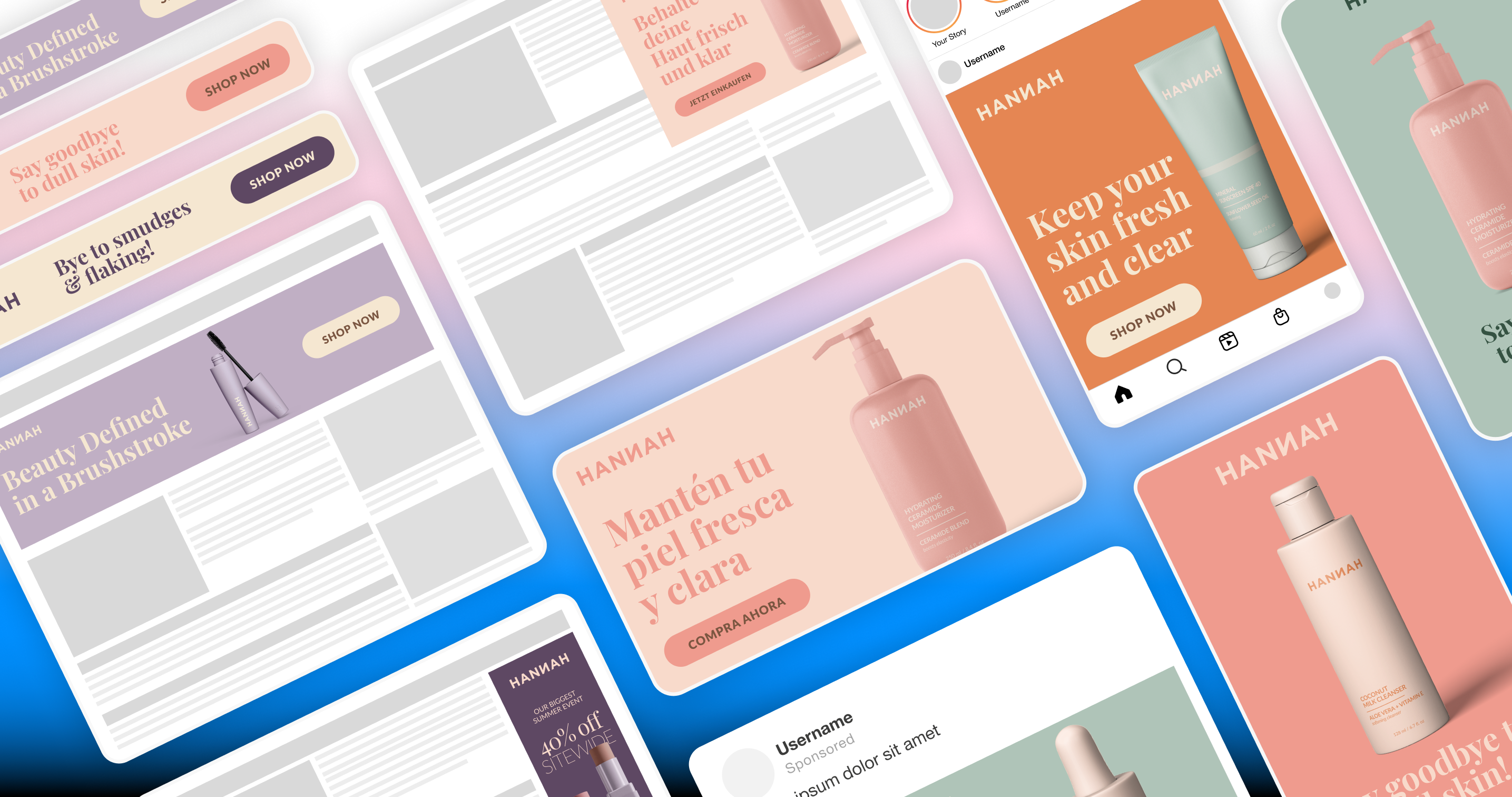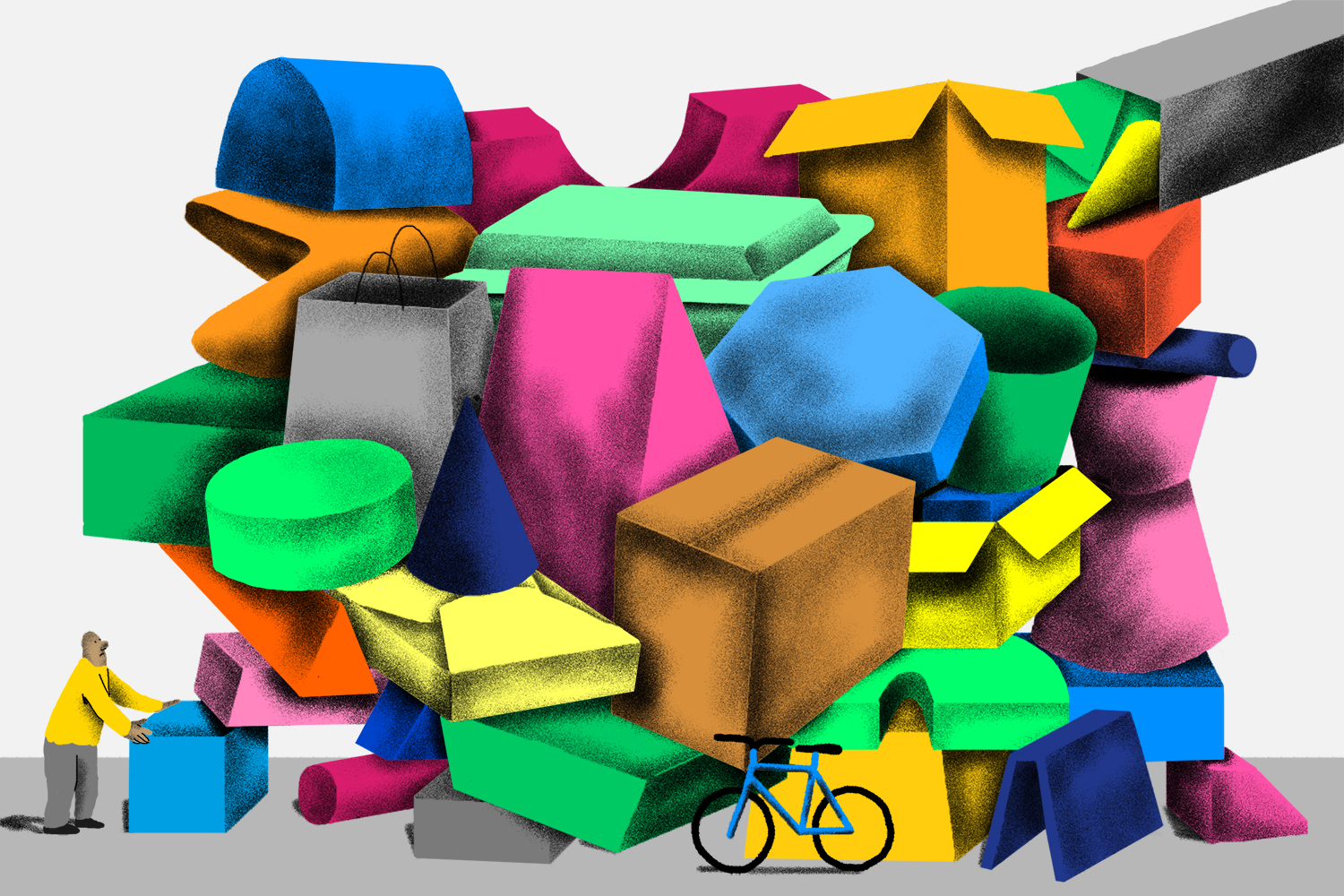Include ad fatigue in the long list of challenges for modern-day marketers. Already facing increasing content demands due to the explosion of channels and formats, brands and marketers now also need to worry about being too repetitive with ad creatives and boring their viewers. How can you make sure your audience doesn’t get tired of seeing your ads? While the solution isn’t as simple as “just keep making new ads”, it might be easier to get there than you think.
What is ad fatigue?
Ad fatigue is what happens when your audience gets tired of seeing the same ads too many times, making them less effective.
Why does ad fatigue occur? It can be because ad creatives aren’t refreshed regularly enough throughout a campaign. If you expose viewers to the same creative too often or for too long, they’re bound to get bored and frustrated with your ad – or even block it out and stop noticing it entirely. And no matter the part of the marketing funnel, apathy is the last emotion you want to evoke in your audience.
Another cause of ad fatigue is ad creatives that are too similar. It’s like hearing the same joke again and again – no matter how funny and clever, you might not laugh as hard the tenth time.
While stale creative assets are one side of the problem, a narrow marketing channel strategy is the other. It’s understandable – with the explosion of channels, it’s hard for marketers and brands to maintain a high-quality presence on multiple fronts at all times. However, putting all your eggs in one channel basket can quickly lead to market saturation and soon, ad fatigue.
The worst part? Users aren’t the only ones feeling ad fatigue and once the algorithms pick up on it, your ads get displayed less and less frequently.

How can you recognize ad fatigue?
Every cure starts with the right diagnosis, which is why you need to monitor, monitor, monitor.
Before you start frantically changing all your creative assets or even throwing away perfectly good ads (which is something you shouldn’t do even if you’re really facing ad fatigue), you need to take a good look at your stats.
Watch your KPIs. Start tracking your ad engagement and other meaningful marketing metrics at the beginning of your campaign. If your campaign was performing well initially and you see your KPIs unexplainably decline after some time, chances are you’ve got yourself a case of “your viewers can’t bear to look at another one of your ads”.
Prolonged exposure or repetitive delivery of the same ad creative lowers your engagement and campaign performance, which can look decreased:
- Click-through rate: Bored viewers are less inclined to click on your ads.
- Conversions: An annoyed audience is unlikely to spend money on your products.
- Frequency: Algorithms can begin to display your ad less frequently.
Tracking meaningful metrics is important because your viewers actually aren’t the ones who are the most exposed to your ad creatives: you and the rest of your marketing team are the ones who have been looking at your ads the most. This is why marketers can quickly get the feeling of being too repetitive with their ads, but repeated exposure is necessary for the effectiveness of a campaign.
It’s confusing: you shouldn’t repeat the same ad too often, but you still need to display it often enough for the viewers to remember your brand. How can you expose your audience to your ads just the right amount?
Avoid ad fatigue and keep up with increasing content demands
First of all, ad fatigue doesn’t mean you should put all your existing content on the back burner and produce entirely new ad creatives. It just means you need to shake things up a bit.
There are many things your marketing team can do to retain the viewers’ attention without requiring a ton of additional resources or an extra design team.
- Deliver creative variety
It can be as simple as changing the color of your ad creative, adjusting the copy, switching up the visuals, and using a different format for your ads to show your message in different ways.
If your design team is swamped as it is, you can simplify the process by using a creative automation platform that enables all team members to create countless ad variations. Designers can prepare pre-approved templates, so anyone can easily insert different messaging or visuals.
- Find the creatives that work best
When you produce multiple creative assets and ad versions, you can test them out and see which ones resonate with your audience the most.
Do this for different channels – something that might work for a certain channel or objective won’t deliver the same results somewhere else. Learn from your results and adapt your ad creatives accordingly.
- Rotate your ads
Refresh your ads with different ad creatives regularly throughout the campaign. Keep the main message but serve it in new ways to capture the attention of your audience.
Optimizing your creative assets can drive your ad performance and ensure your audience doesn’t start blocking out your ads.
By making small changes to your ads and marketing strategy, you can avoid ad fatigue and make sure your viewers keep paying attention to what you have to say.
If you’re struggling to produce enough captivating ads to keep up with demand, consider Creative Automation. Leveraging the power of technology can help you drive performance while you save resources by using a powerful software solution that helps marketing teams produce large volumes of diverse creative assets.

